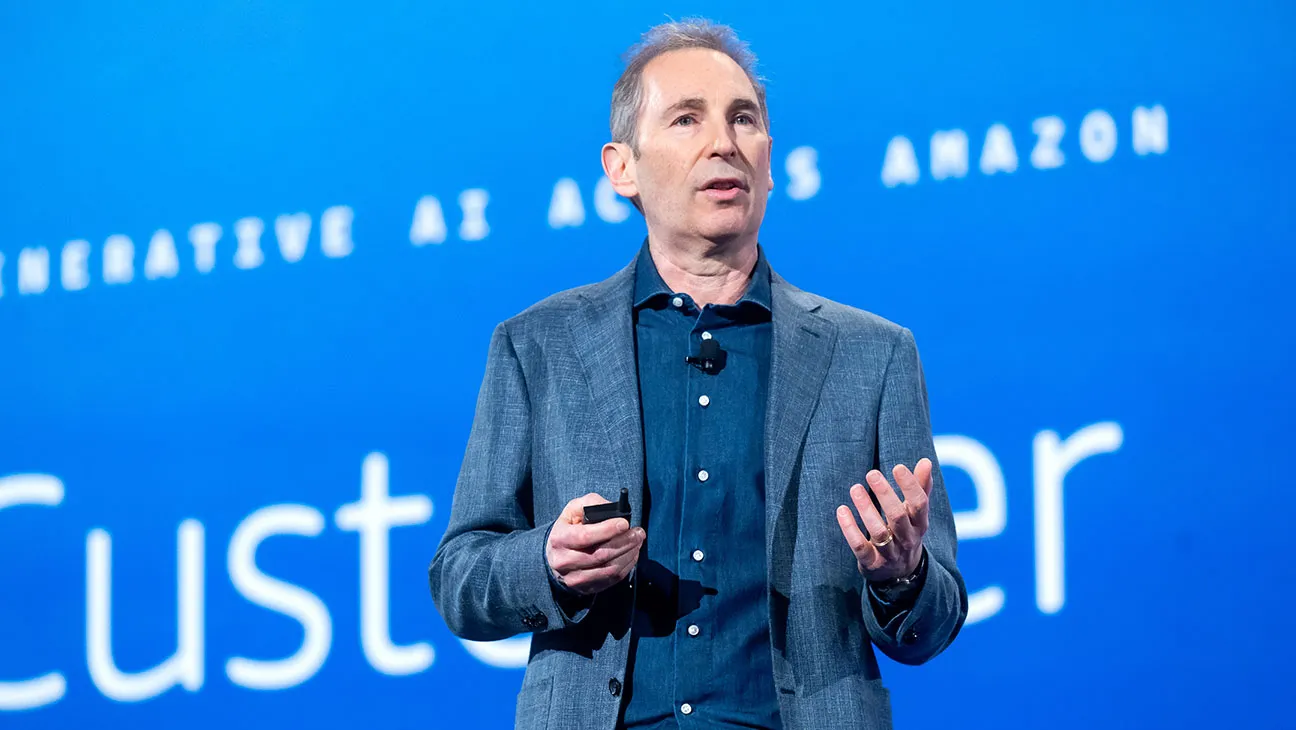Copyright Fast Company

Americans know AI runs on electricity — and they’re starting to realize they’re the ones paying for it. A recent nationwide survey of more than 1,400 U.S. households found that two-thirds of Americans believe AI is already driving up their power bills, and most said they can’t afford more than a $20 monthly increase. They’re right to be worried. As tech companies pour hundreds of billions into new data centers, the surge in electricity demand is rewriting the economics of the grid — and households are footing the bill for an “AI power tax” they never voted for. The frustrating truth is that this isn’t about running out of power. As prices keep rising and politicians promise to build our way out of this crisis, we already have more than enough electricity. A broken system What’s broken is the system around us. As Chris Wright, the Secretary of the Department of Energy, recently said, “we don’t need more electrons … We only need more electrons a few hours a year at peak demand. We have slack capacity 98% of the time.” Outdated pricing rules hide the real cost of peak demand, shift the burden onto ordinary people, and drive bills higher even when supply is abundant. And as AI’s appetite for energy grows, that broken system is turning into a massive, invisible subsidy — one that lands squarely on consumers. In 2025, U.S. tech companies will spend $300–400 billion on AI infrastructure.That’s over 2% of GDP, a greater share than telecoms at the height of the Internet boom. Growing demand This “industrialization of intelligence” has sparked the steepest electricity demand growth since World War II. Five-year load forecasts jumped from 23 GW in 2022 to 128 GW in 2025, with data center usage projected to rise from 4.4% of U.S. electricity in 2023 to 12% by 2030. And since January 2021, residential electric prices have climbed nearly 40%. In PJM, which covers 13 states and D.C., the cost of ensuring reliability—known as capacity prices—has spiked 11x in just two years, with analysts attributing two-thirds of the increase to data centers. That’s $9.3 billion in extra utility bills this year alone, or an AI power tax of $10–$21 per month per household. If similar trends spread nationwide, Americans could face $15–30 billion annually in AI subsidies by 2027. Unlocking capacity But the problem isn’t AI, or solar panels that fail to deliver power at midnight when demand is lowest—it’s figuring out how to unlock the slack capacity of our existing grid where and when we need it. Imagine if airlines couldn’t charge more for Thanksgiving flights, so they had to buy enough planes for everyone to fly that one day. The rest of the year, those planes sit idle, but ticket prices stay high year-round to cover that wasted capacity. That’s exactly how our electric grid works today. Households and small businesses pay flat retail rates that don’t reflect real-time scarcity or cost—whether power is dirt-cheap at 3 a.m. or sky-high during a heatwave, you pay the same. This “one price fits all” approach hides the true cost of peak demand. The bill for serving those peaks doesn’t vanish, it’s just socialized across everyone’s rates, driving costs up for all. Large industrial users don’t face this problem. They buy electricity directly in wholesale markets, where prices fluctuate by the minute, and can shape their demand to avoid paying for expensive peaks. This flexibility allows them to reduce costs dramatically. Meanwhile, households and small businesses can’t. The result is a regressive system where those least able to change their behavior are stuck paying the most. advertisement We have the technology The good news is that we already have the technology to fix this. Over 120 million smart meters are installed nationwide, covering more than 75% of U.S. homes and businesses. Smart thermostats, EV chargers, and home batteries are becoming more common, and these devices can automatically shift usage without impacting comfort or convenience. The impact of even small shifts is enormous. Simply moving demand during the top 2% of peak hours could unlock 126 GW of capacity, enough to meet projected demand growth through 2030 and avoid $250 billion in new power plant construction. In July, 100,000 California home batteries discharged simultaneously, providing 539 MW—the equivalent of five natural gas plants. Scaling that single program in CA could help avoid blackouts while saving $200 million. So why isn’t this happening everywhere? Incentives. America’s roughly 200 investor-owned utilities, serving about 70% of the population, operate under a business model that rewards building more infrastructure. Utilities earn guaranteed profits on every dollar they spend on new power plants and distribution lines. Flexible demand solutions, by contrast, save money for consumers but don’t generate revenue for the utility. This misalignment explains why utilities are now pushing to spend $1.1 trillion by 2029 on new infrastructure to meet AI-driven demand. The path forward One path forward is structural reform. Congress could deregulate the ‘final mile’ of the grid, much as it did for telecom in the 1990s. That wave of deregulation unleashed competition, drove down prices, and sparked the innovations that gave us the Internet, mobile phones, and eventually AI itself. Similar reforms to the electricity market would allow households and small businesses to finally access real-time pricing and level the playing field with large corporations. In practice, this would mean utilities still maintain the wires, but other companies could compete to sell power and services directly to households over that shared infrastructure—bringing real-time pricing, choice, and innovation to consumers. States and grid operators could also expand programs that reward flexible demand under existing rules, such as allowing residential users to pay based on their actual smart meter usage data, rather than generic usage profiles that obfuscates the value of shifting their demand. California has already shown what’s possible when consumers are empowered to participate. When given access to real market incentives, innovators can help everyday Americans stabilize the grid and lower costs for everyone. The AI revolution is here, hungry for electrons. This demand surge doesn’t have to break the grid. It may even be our opportunity to make America’s grid great again. We just need enough political will to set it free and entrepreneurs who have the grit and endurance to hack through the regulatory morass and save us in spite of ourselves.



